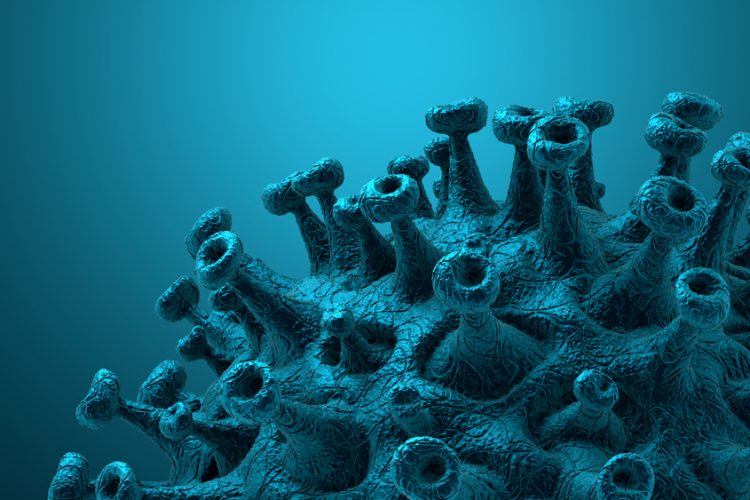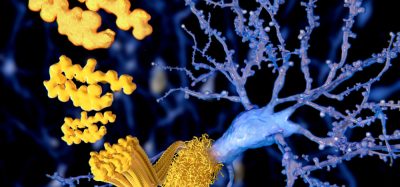Structure of SARS-CoV-2 suggests reason for high infection rate, says study
Posted: 7 May 2020 | Victoria Rees (Drug Target Review) | No comments yet
Researchers have identified a structural loop in the SARS-CoV-2 S protein and a sequence of four amino acids that they say could help explain its high transmission rate.


Researchers studying the structure of the virus that causes COVID-19 have found a unique feature which they say could explain why the disease is so transmissible between people. The study was conducted at Cornell University, US.
The researchers identified a structural loop in the SARS-CoV-2 Spike (S) protein, the area of the virus that facilitates entry into a cell and a sequence of four amino acids in this loop that is different from other known human coronaviruses in this viral lineage.
An analysis of the lineage of SARS-CoV-2 showed it shared properties of the closely related SARS-CoV-1, which first appeared in humans in 2003 and is lethal but not highly contagious and HCoV-HKU1, a highly transmissible but relatively benign human coronavirus. SARS-CoV-2 is both highly transmissible and lethal.
“It’s got this strange combination of both properties,” Professor Gary Whittaker of Cornell University said. “The prediction is that the loop is very important to transmissibility or stability, or both.”
Whittaker said the researchers are now focused on further study of this structural loop and the sequence of four amino acids.
He also added that investigations into feline coronaviruses could provide further clues into SARS-CoV-2 and coronaviruses in general. In order to infect a cell, features of the S protein must bind with a receptor on the host cell’s surface and cats have a receptor binding site that closely matches that of humans.
The new study was published in the Journal of Molecular Biology.
Related topics
Disease Research, Protein, Proteomics, Research & Development, Sequencing, Structural Biology, Targets
Related conditions
Coronavirus, Covid-19
Related organisations
Cornell University
Related people
Professor Gary Whittaker








